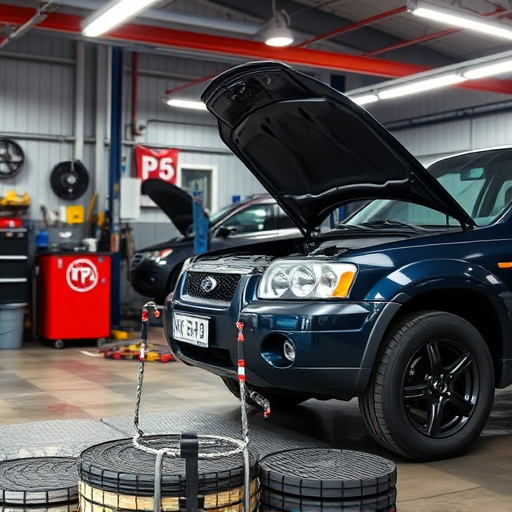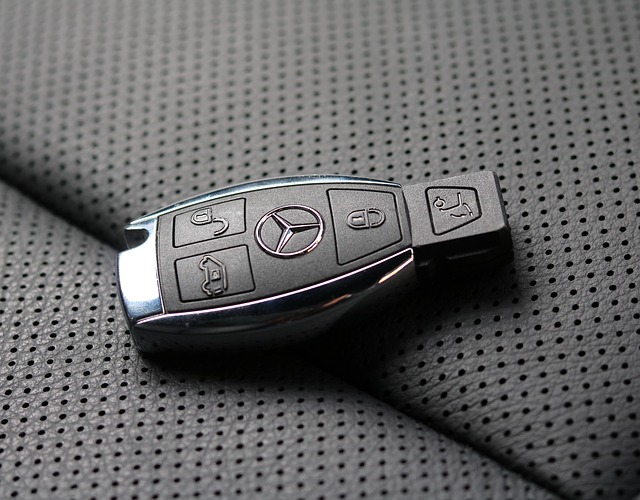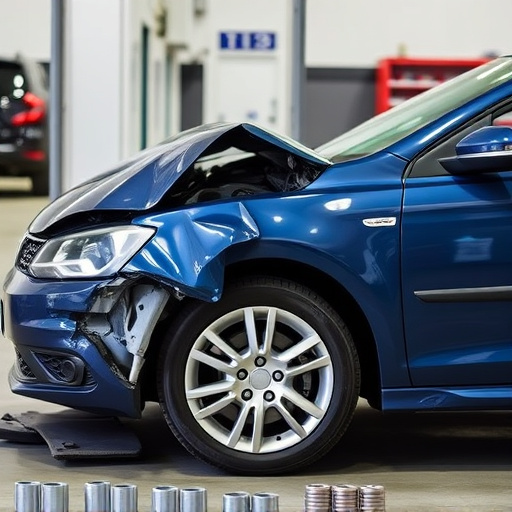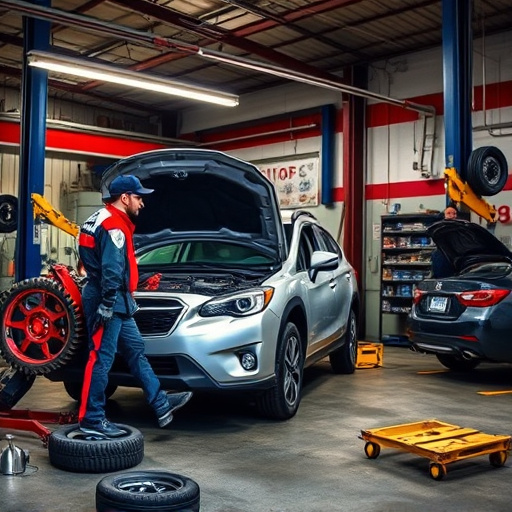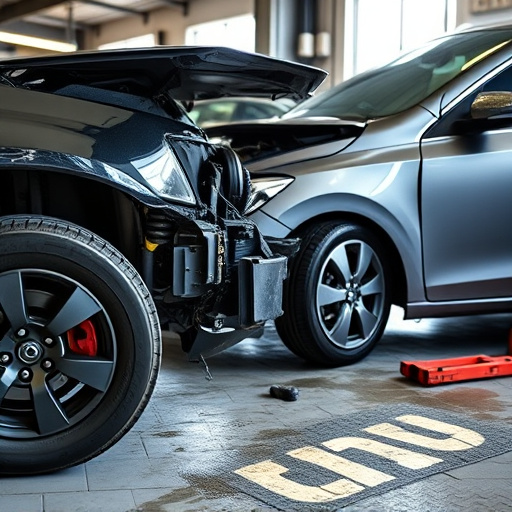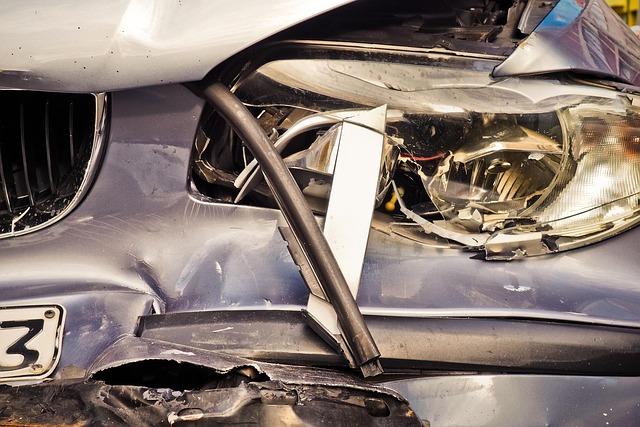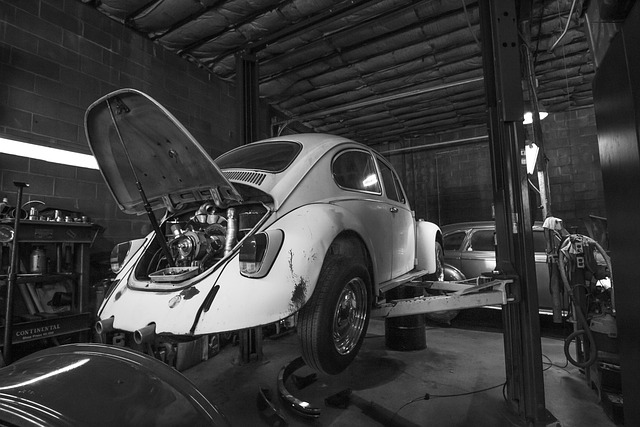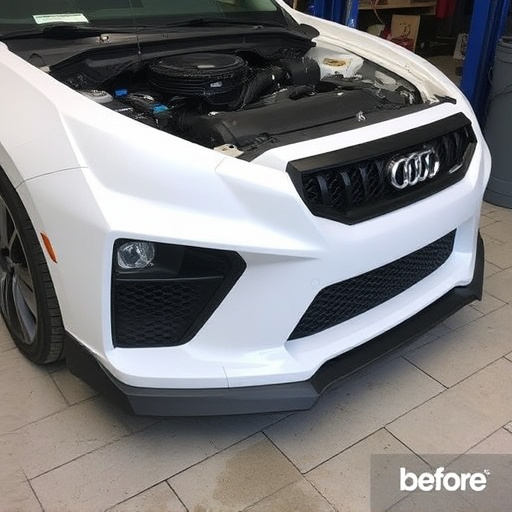Fender dent repair is a skilled craft varying in complexity based on damage. Professionals use advanced tools like paintless dent removal (PDR) for precise, minimal impact repairs. Choosing quality tools is key to long-lasting results matching original finishes. The process involves meticulous inspection, prying out dents, filling, sanding, and painting for seamless integration.
“Uncover the secrets to achieving flawless results with our comprehensive guide to fender dent repair. Whether you’re a seasoned automotive enthusiast or a beginner, understanding effective techniques and selecting the right tools is key. We break down the process step-by-step, ensuring you master the art of repairing dents on car fenders efficiently. Discover professional tips and tricks that promise precise, long-lasting repairs, restoring your vehicle’s exterior to its former glory.”
- Understanding Fender Dent Repair Techniques
- Choosing the Right Tools for the Job
- Step-by-Step Guide to Perfect Results
Understanding Fender Dent Repair Techniques
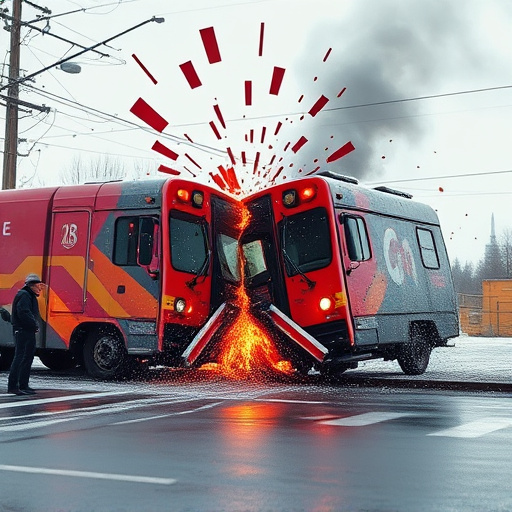
Fender dent repair is a specialized skill that involves understanding various techniques to restore vehicle bodywork to its pre-damaged condition. It’s crucial to recognize that different dents require distinct approaches, from simple manual methods like using a putty knife for shallow dings to more complex procedures such as metal welding or machine-based repairs for deeper damage.
The goal of fender dent repair is to minimize visible evidence of the dent while ensuring structural integrity. Professional technicians employ a range of tools and materials, including paintless dent removal (PDR) techniques, which use specialized equipment to gently push out dents without damaging the surrounding panel or painting. For more severe cases involving auto glass replacement or extensive fender repair, traditional methods like cutting, scraping, and repainting may be necessary, requiring a deeper level of expertise and experience in vehicle bodywork.
Choosing the Right Tools for the Job
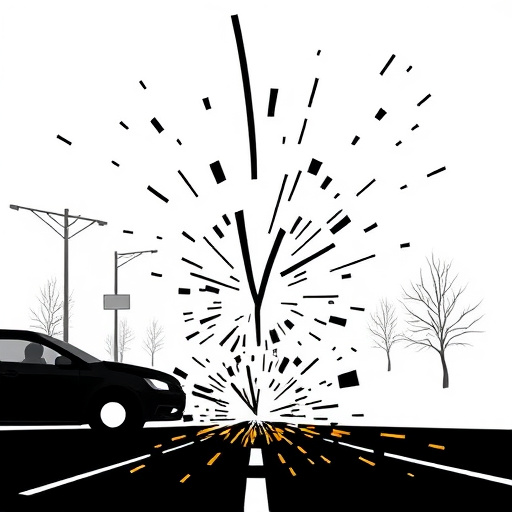
When it comes to fender dent repair, selecting the appropriate tools is paramount for achieving a seamless finish and ensuring long-lasting results. The right toolkit will make the process more efficient and effective, allowing you to handle even minor dents with ease. For instance, a good set of pry bars or dent pullers can gently remove indentations without causing further damage or leaving unsightly marks.
Additionally, investing in specialized tools designed for automotive restoration can significantly enhance your repair capabilities. These may include metal working picks, putty knives, and sandpaper of various grits. Autobody repairs require precision, and the right tools enable you to match the car’s original finish seamlessly. A reputable car repair shop understands this need, stocking their shelves with high-quality products tailored for fender dent repair across all vehicle types.
Step-by-Step Guide to Perfect Results
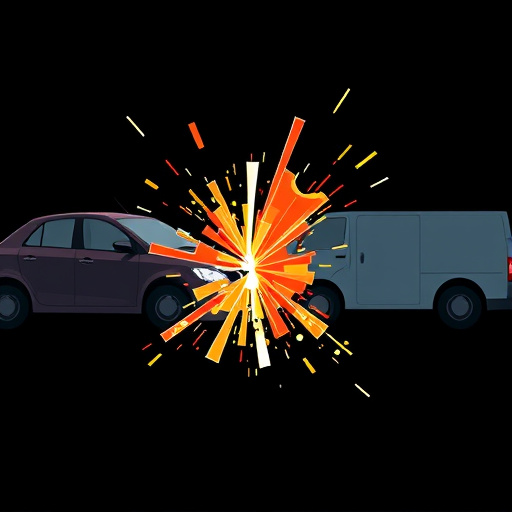
Achieving perfect results with fender dent repair requires a systematic approach and precision. Here’s a step-by-step guide to help you navigate through the process, ensuring your vehicle looks as good as new after a car collision or minor impact.
Begin by thoroughly inspecting the damaged area. Identify the extent of the dent and assess if there are any underlying issues like frame misalignment or paint damage. Next, prepare the surface by removing any debris stuck within the dented area using specialized tools. This step is crucial for achieving a smooth finish during the repair process. After cleaning, gently pry out the depressed metal using a putty knife or fender dent remover tool. Take care not to over-force, as it may cause further damage. Once the dent is popped out, use body filler to smoothen any imperfections and bring the area to the original car body level. Allow sufficient time for the filler to dry completely. Following this, carefully sand the surface until it’s smooth, matching the surrounding panel’s texture. This step is vital in ensuring seamless integration during the subsequent vehicle paint repair process. Finally, apply a high-quality coat of paint that matches your car’s original shade, using proper techniques to achieve a durable and professional finish.
In conclusion, mastering fender dent repair is a valuable skill that can restore your vehicle’s aesthetics and value. By understanding different techniques, selecting the right tools, and following a meticulous step-by-step guide, you can achieve professional-looking results. With practice and the right approach, you’ll be equipped to handle minor dents and scratches, ensuring your car maintains its sleek appearance.
